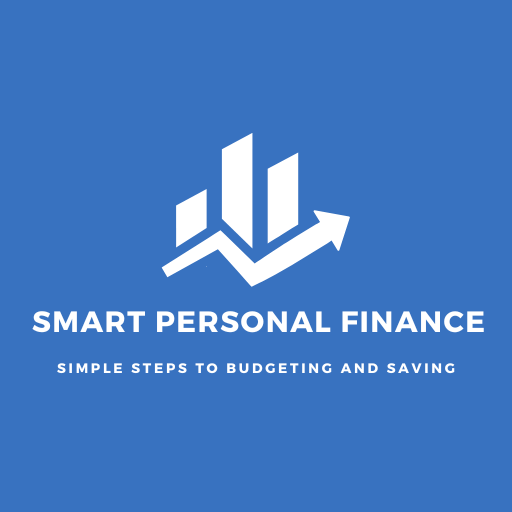Are you ready to take control of your finances and make your hard-earned money work for you? One of the fundamental steps towards financial freedom is learning how to track your spending and create a budget that you can actually stick to. It might sound tedious, but trust me, it’s an eye-opening journey that will empower you to make smarter choices with your money. So, grab a cup of coffee, and let’s dive right into it!
Understanding Your Spending Habits
First things first, you need to become a detective and investigate your spending patterns. Start by gathering your bank statements, credit card bills, and receipts for the past few months. Create a simple spreadsheet or use budgeting apps like Mint or YNAB (You Need a Budget) to categorize your expenses. Divide them into fixed costs (e.g., rent, insurance), variable expenses (groceries, entertainment), and discretionary spending (that daily latte you can’t resist!). This process might seem tedious, but it’s a crucial step towards financial awareness.
As you analyze your spending, you’ll start noticing patterns. Maybe you spend more on weekdays when you’re treating yourself to lunch at work, or perhaps you overspend on weekends when you’re out with friends. Understanding these patterns is the key to making informed adjustments to your budget.
Creating a Realistic Budget
Now that you know where your money is going, it’s time to create a budget that aligns with your spending habits and financial goals. A budget isn’t about restricting yourself; it’s about making conscious choices with your money.
Begin by listing your monthly income from all sources. Then, allocate money for your fixed costs, which are non-negotiable. Next, estimate your variable expenses, ensuring you cover essentials like groceries and transportation. Finally, set aside some money for savings and investments. This could be for an emergency fund, retirement, or that dream vacation you’ve been planning.
Sticking to the Plan
The real challenge is not creating the budget but sticking to it. Here are some tips to help you stay on track:
– **Automate Your Savings**: Set up automatic transfers from your checking account to savings or investment accounts. This ensures that you save money consistently without even thinking about it.
– **Use Budgeting Apps**: These apps sync with your bank accounts and categorize your transactions automatically. They provide real-time updates, helping you stay on top of your spending.
– **Practice Mindful Spending**: Before making a purchase, ask yourself if it’s a need or a want. This simple habit can help you avoid impulse buys and stick to your budget.
– **Allow Some Flexibility**: Life happens, and unexpected expenses pop up. Don’t be too hard on yourself if you occasionally overspend. Adjust your budget for the following month to compensate for any overages.
Tracking your spending and budgeting isn’t just about cutting back on lattes; it’s about understanding your financial habits and making intentional choices. This process empowers you to save for the future, pay off debts, and afford the things that matter most to you. Remember, it’s okay to make adjustments along the way; budgeting is a skill that improves with practice. So, take control, track your spending, and start your journey towards financial freedom today!

